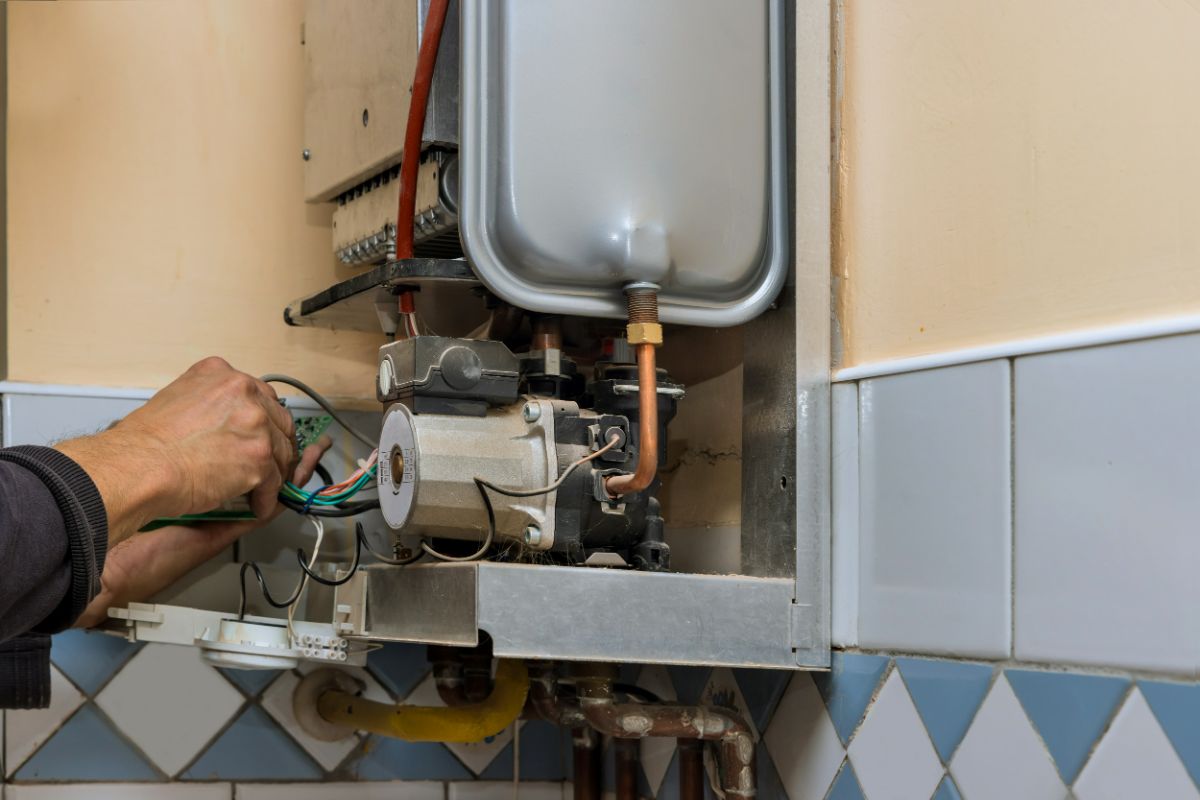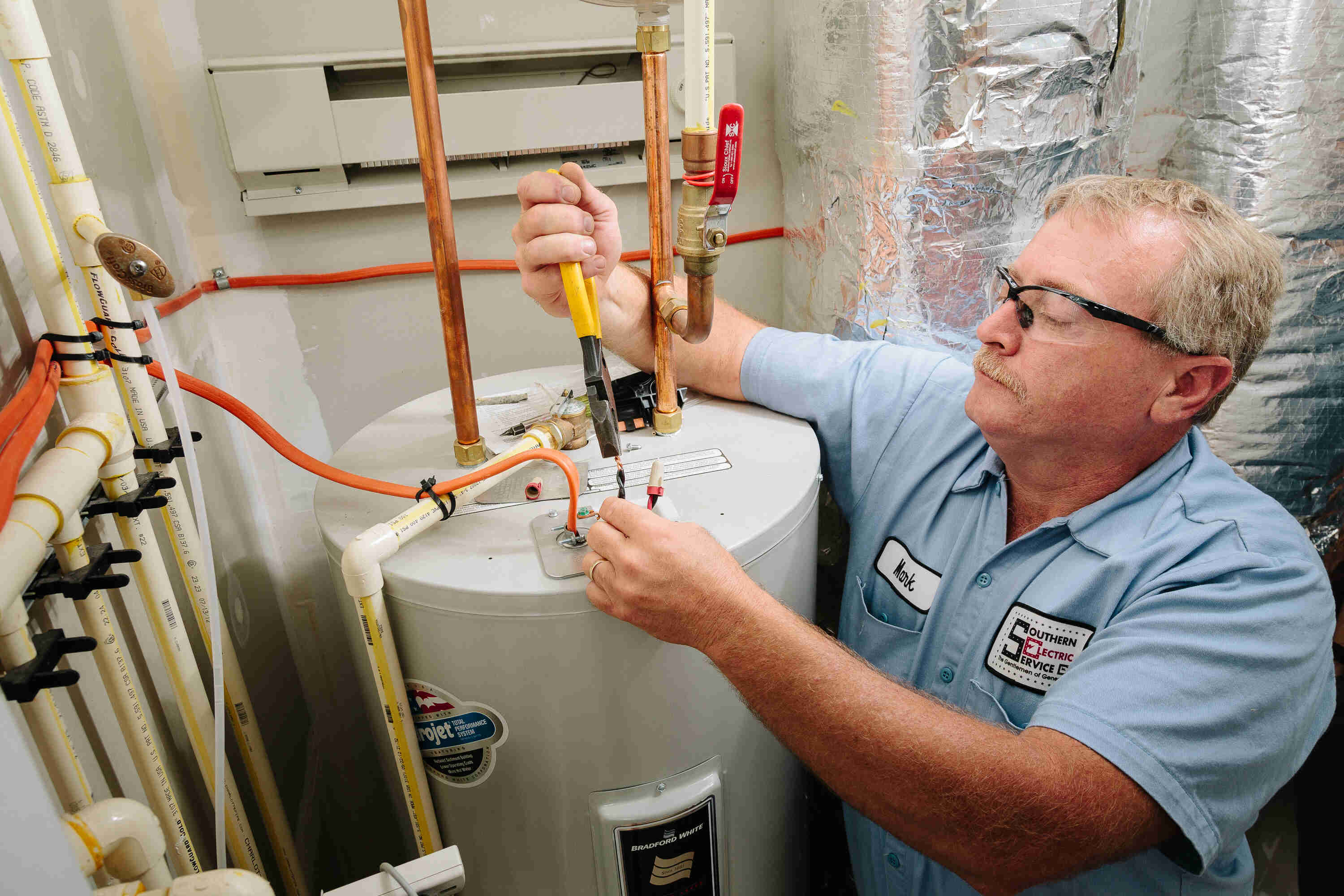We've encountered this post relating to How to Maintain Your Water Heater & Prolong its Life directly below on the web and reckoned it made sense to write about it with you here.

Warm water is crucial for day-to-day convenience, whether it's for a revitalizing shower or washing meals. To ensure your hot water system runs efficiently and lasts longer, routine maintenance is crucial. This write-up supplies functional ideas and understandings on exactly how to maintain your home's warm water system to stay clear of disturbances and pricey repair services.
Introduction
Preserving your home's warm water system might seem complicated, however with a few straightforward actions, you can ensure it operates smoothly for several years ahead. This overview covers whatever from understanding your warm water system to do it yourself upkeep suggestions and knowing when to call in professional assistance.
Significance of Maintaining Your Warm Water System
Routine maintenance not only expands the lifespan of your warm water system yet likewise ensures it runs effectively. Overlooking maintenance can bring about reduced efficiency, greater energy costs, and even premature failing of the system.
Signs Your Warm Water System Requirements Maintenance
Recognizing when your warm water system requires interest can avoid significant issues. Keep an eye out for signs such as inconsistent water temperature, weird noises from the heating system, or corroded water.
Comprehending Your Hot Water System
Prior to diving into upkeep tasks, it's helpful to comprehend the fundamental components of your warm water system. Generally, this consists of the water heater itself, pipes, anode poles, and temperature level controls.
Monthly Upkeep Tasks
Regular monthly checks can assist capture minor concerns before they rise.
Flushing the Hot Water Heater
Flushing your hot water heater removes debris buildup, improving effectiveness and lengthening its life.
Checking and Changing Anode Rods
Anode rods prevent rust inside the tank. Checking and changing them when worn out is critical.
Evaluating and Changing Temperature Settings
Readjusting the temperature setups makes certain ideal efficiency and safety.
Do It Yourself Tips for Upkeep
You can carry out several maintenance jobs on your own to keep your warm water system in leading condition.
Checking for Leaks
Frequently check pipelines and connections for leaks, as these can lead to water damage and greater costs.
Testing Pressure Alleviation Valves
Testing the pressure safety valve guarantees it operates correctly and avoids extreme stress build-up.
Shielding Pipes
Protecting warm water pipelines reduces heat loss and can save power.
When to Call a Professional
While DIY upkeep is valuable, some issues require professional know-how.
Facility Issues Calling For Specialist Aid
Instances consist of significant leakages, electric troubles, or if your hot water heater is consistently underperforming.
Routine Expert Maintenance Perks
Professional maintenance can include thorough evaluations, tune-ups, and guaranteeing compliance with safety standards.
Conclusion
Regular upkeep of your home's warm water system is necessary for performance, long life, and expense savings. By following these tips and recognizing when to look for expert assistance, you can make certain a trusted supply of warm water without unanticipated disturbances.
How to Maintain an Instant Hot Water Heater
Before tinkering with your hot water heater, make sure that it’s not powered on. You also have to turn off the main circuit breaker and shut off the main gas line to prevent accidents. Also turn off the water valves connected to your unit to prevent water from flowing into and out of the appliance. 2. When you’re done, you have to detach the purge valves’ caps. These look like the letter “T” and are situated on either side of the water valves. Doing so will release any pressure that has accumulated inside the valves while at the same time avoid hot water from shooting out and burning your skin. 3. When the purge valves’ caps are removed, you have to connect your hosing lines to the valves. Your unit should have come with three hoses but if it didn’t, you can purchase these things from any hardware or home repair shops. You can also get them from retail stores that sell water heating systems. Read the user’s manual and follow it to complete this task properly. When the hosing lines are connected, open the purge port’s valves. 4. You should never use harsh chemical cleaners or solutions when cleaning your unit. Make use of white vinegar instead. It should be undiluted and you’ll probably use about 2 gallons. 5. Now flush your water heater. This task should probably take about 40 minutes. We can’t give you specific directions for this because the procedure is carried out depending on the type, model and brand of your heater. With that being said, refer to the user’s manual. 6. When you’re done draining the unit, you have to turn off the purge port valves again. Remove the hosing lines that you earlier installed on each of the water valves. Put the valve caps (purge port) back in their respective places and be very careful so as not to damage the rubber discs that are found inside these caps. 7. Now that everything’s back in place, check your user’s manual again to find out how to reactivate your water heating system. 8. Once it is working, turn one of your hot water faucets on just to let air pass through the heater’s water supply pipes. Leave the tap on until water flows smoothly out of it. https://www.orrplumbing.com/blog/2014/september/how-to-maintain-an-instant-hot-water-heater/

We are very intrigued by Tips For Maintaining Your Hot Water Heater and I really hope you appreciated the new page. Sharing is nice. You won't know, you might be doing someone a favor. I recognize the value of your readership.
Click Here